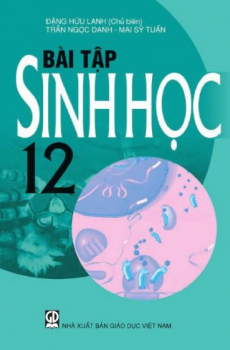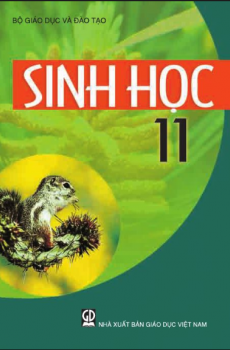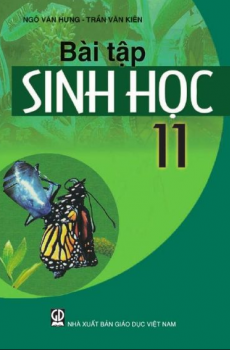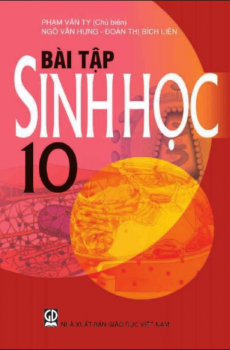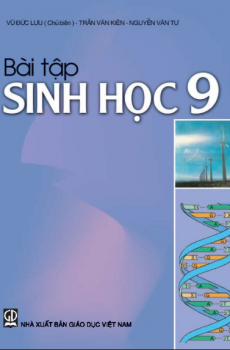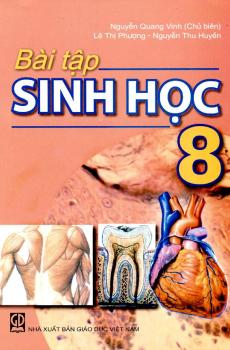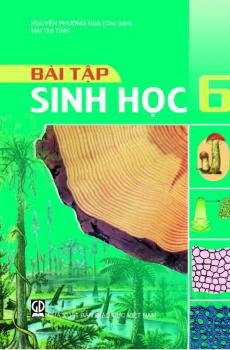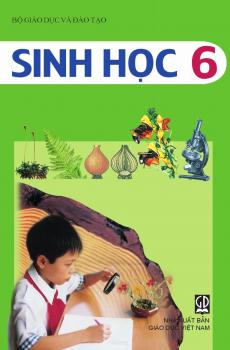The Story of the Living Machine A Review of the Conclusions of Modern Biology in Regard to the Mechanism Which Controls the Phenomena of Living Activity
The Story of the Living Machine A Review of the Conclusions of Modern Biology in Regard to the Mechanism Which Controls the Phenomena of Living Activity
Log in to download this book.
| Publisher | Chưa rõ |
|---|---|
| Accessible book producer | Public domain |
| Published year | 2005 |
| Coppy right | Chưa rõ |
That the living body is a machine is a statement that is frequently made without any very accurate idea as to what it means. On the one hand it is made with a belief that a strict comparison can be made between the body and an ordinary, artificial machine, and that living beings are thus reduced to simple mechanisms; on the other hand it is made loosely, without any special thought as to its significance, and certainly with no conception that it reduces life to a mechanism. The conclusion that the living body is a machine, involving as it does a mechanical conception of life, is one of most extreme philosophical importance, and no one interested in the philosophical conception of nature can fail to have an interest in this problem of the strict accuracy of the statement that the body is a machine. Doubtless the complete story of the living machine can not yet be told; but the studies of the last fifty years have brought us so far along the road toward its completion that a review of the progress made and a glance at the yet unexplored realms and unanswered questions will be profitable. For this purpose this work is designed, with the hope that it may give a clear idea of the trend of recent biological science and of the advances made toward the solution of the problem of life.
Middletown, Conn., U.S.A.
October 1, 1898.



